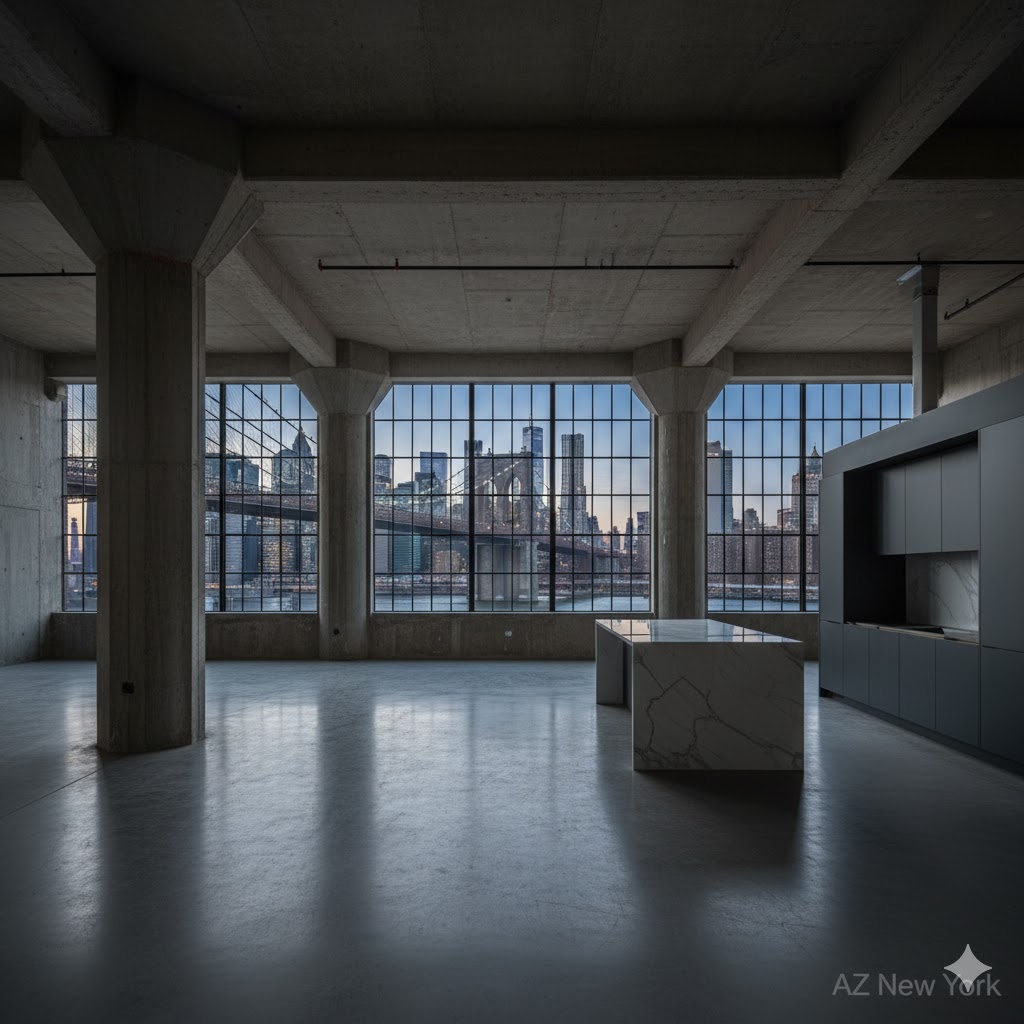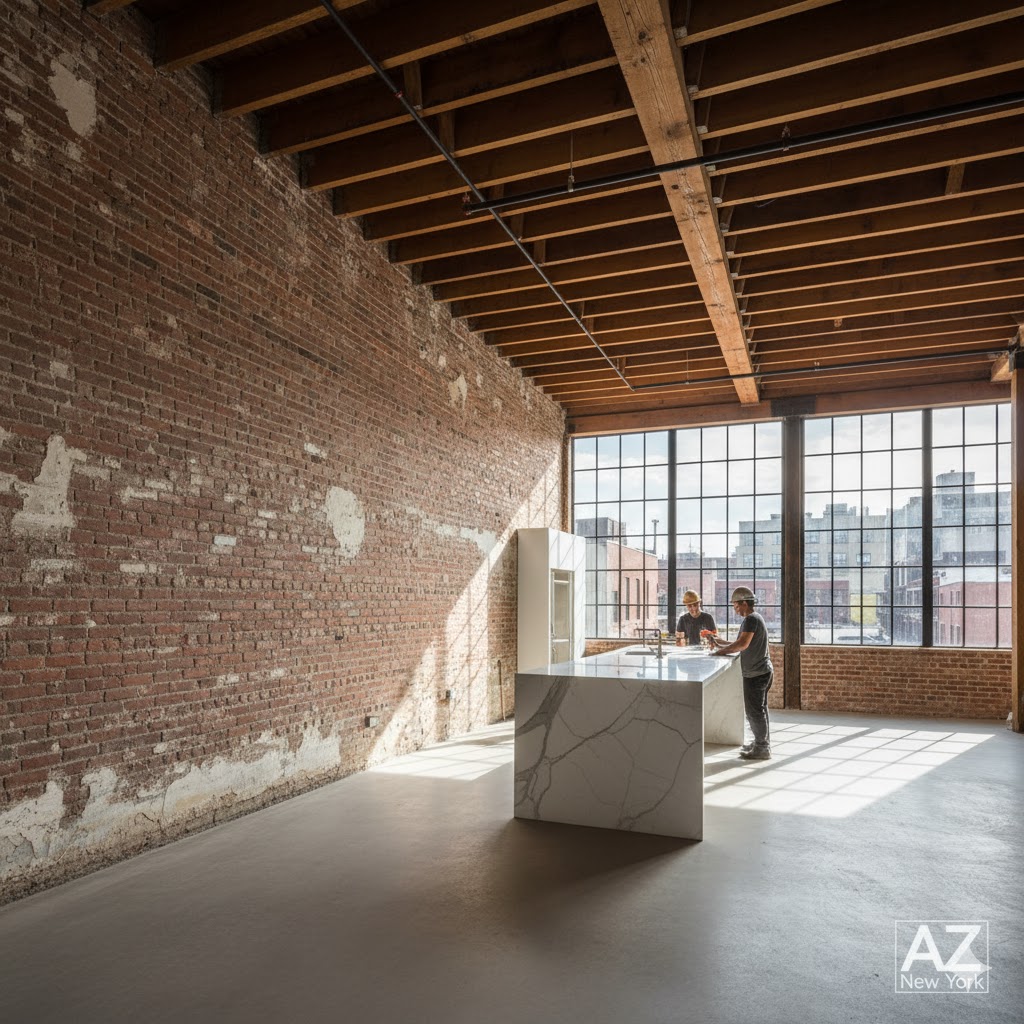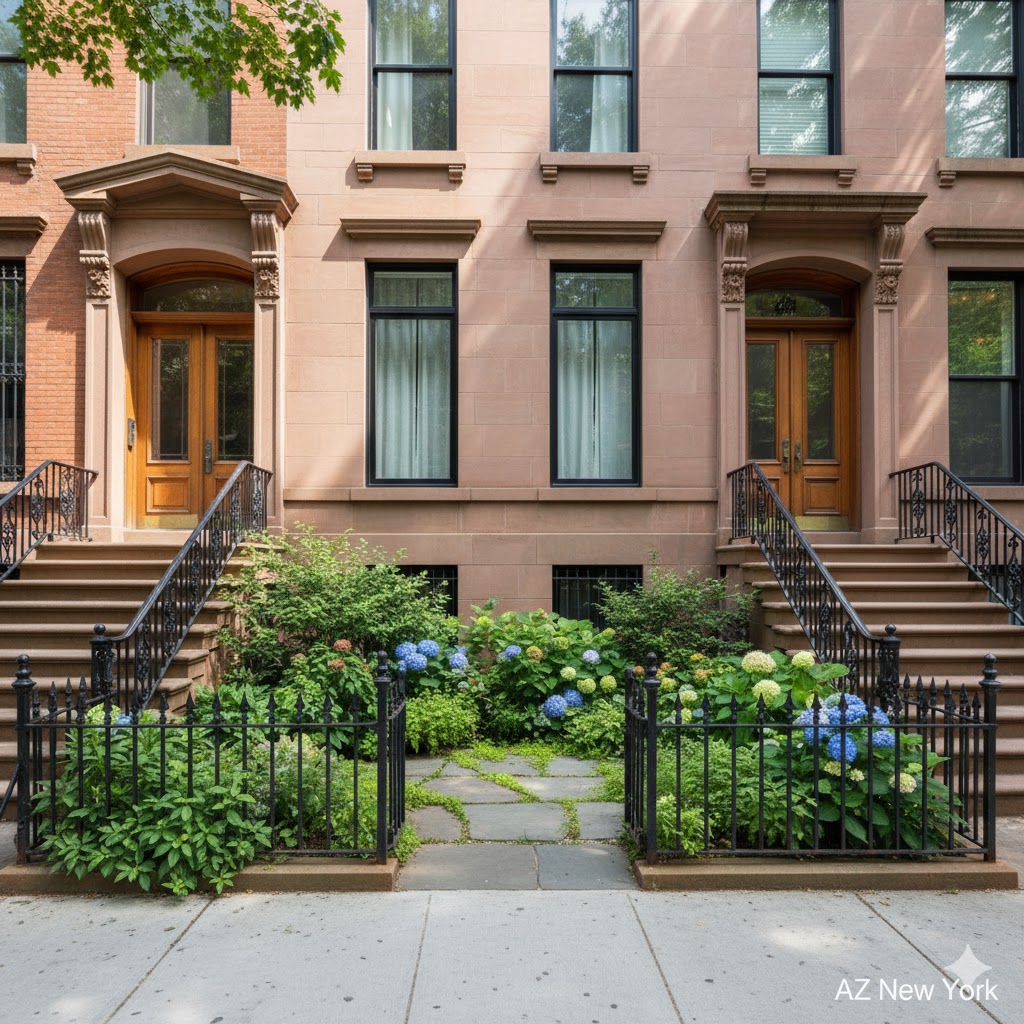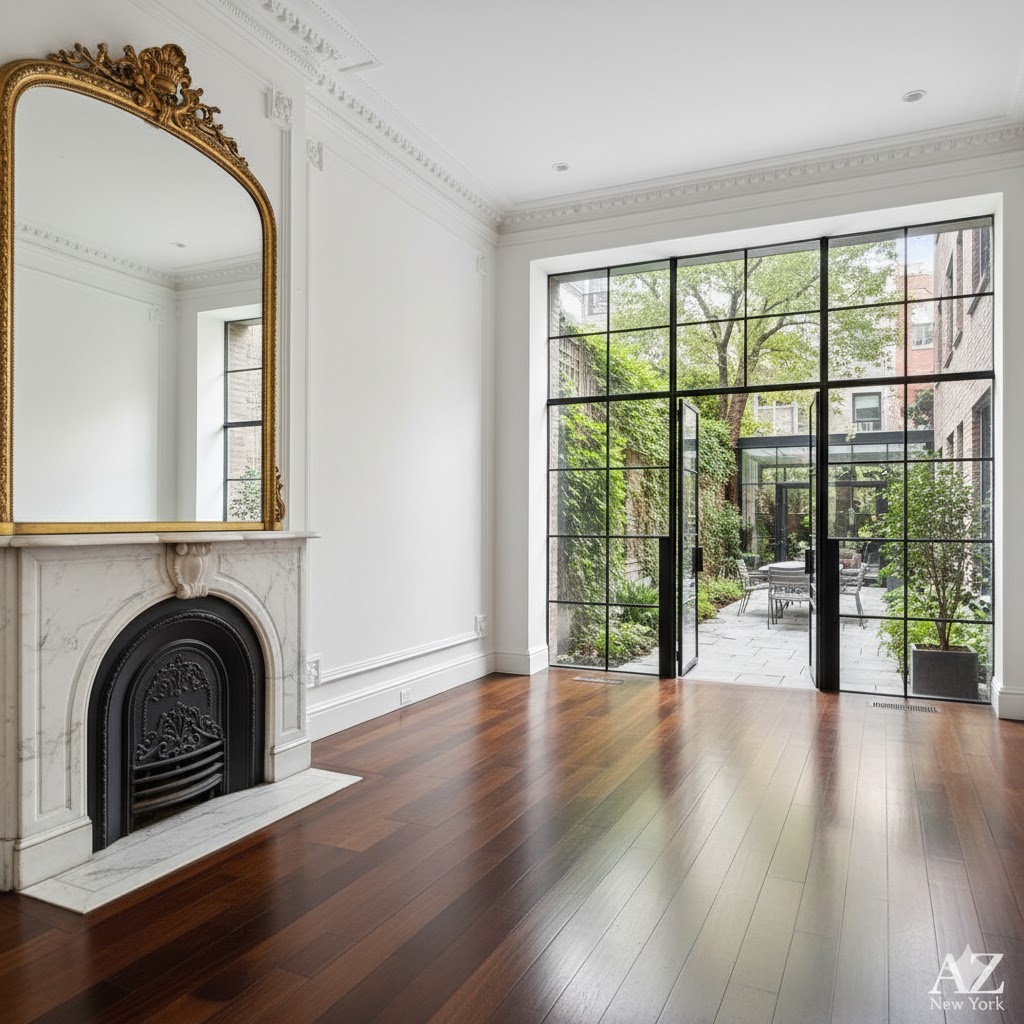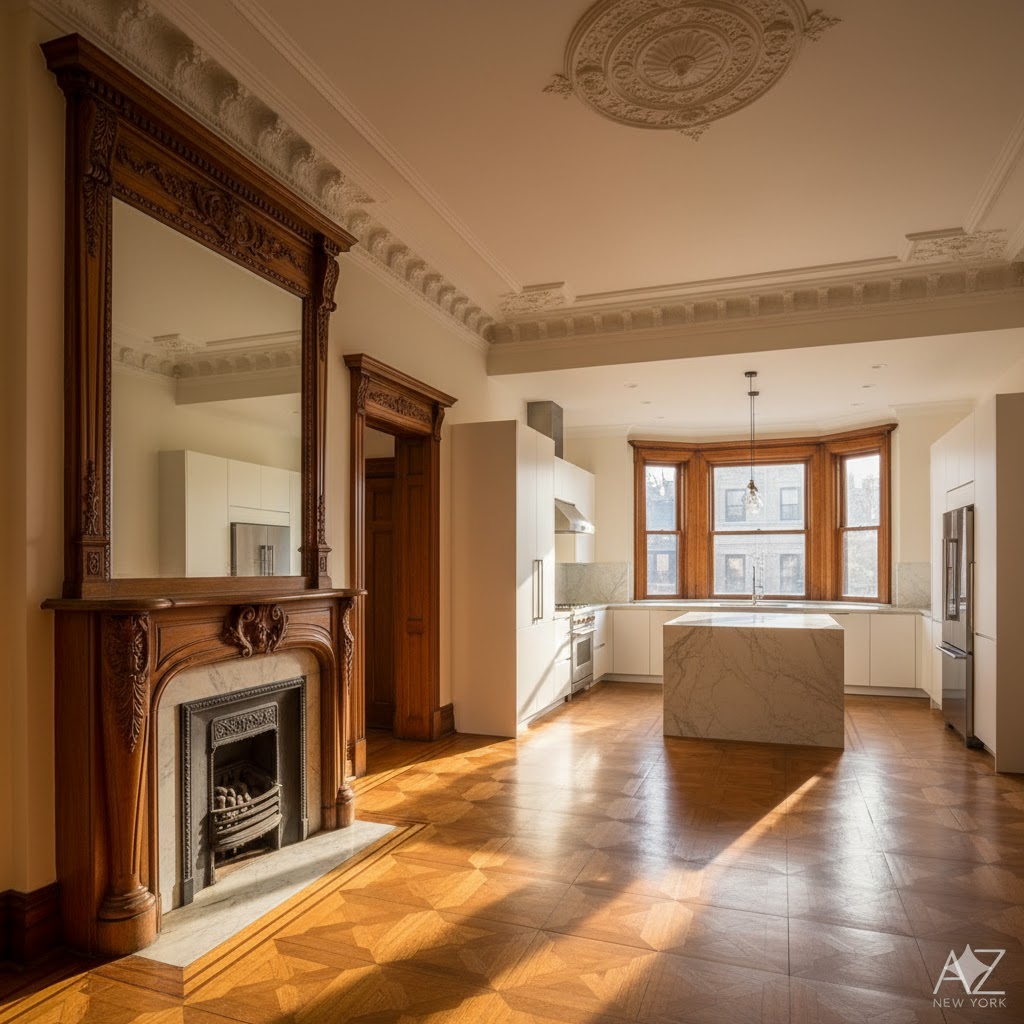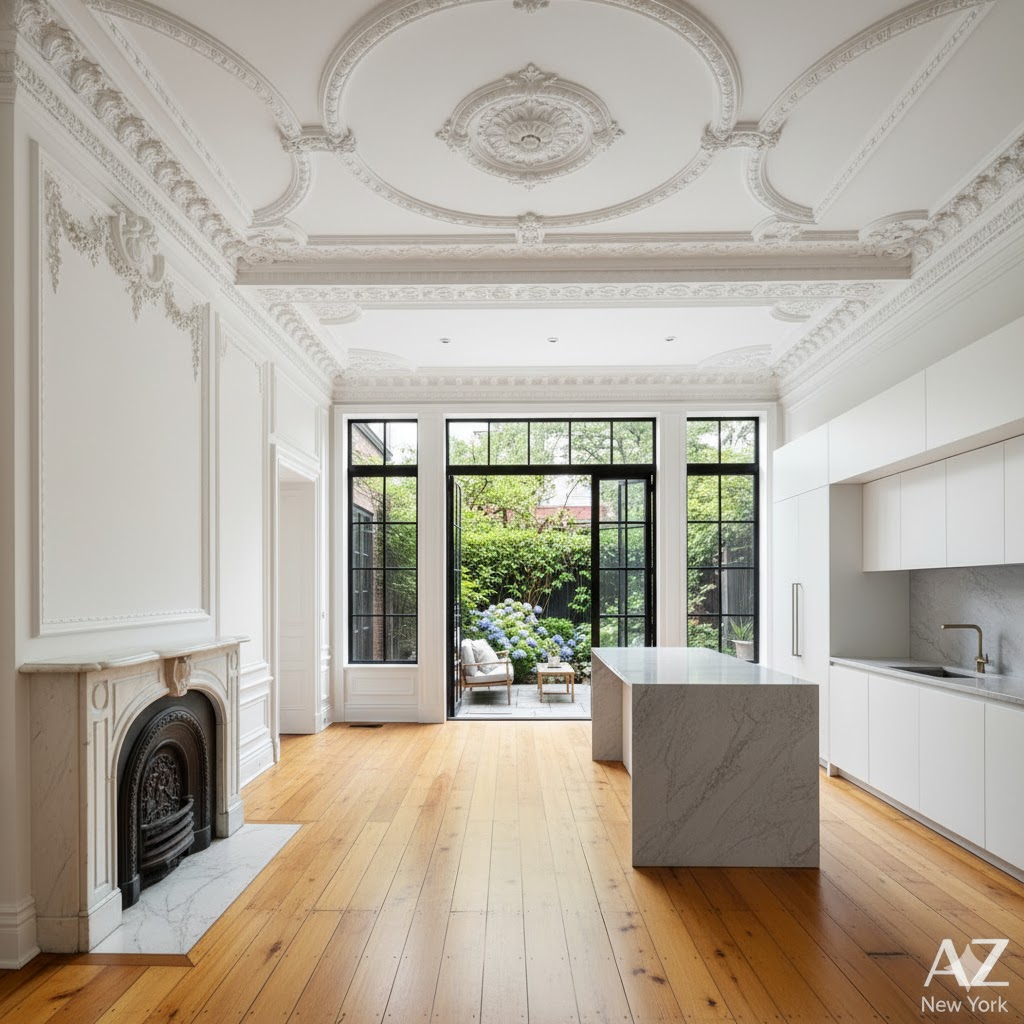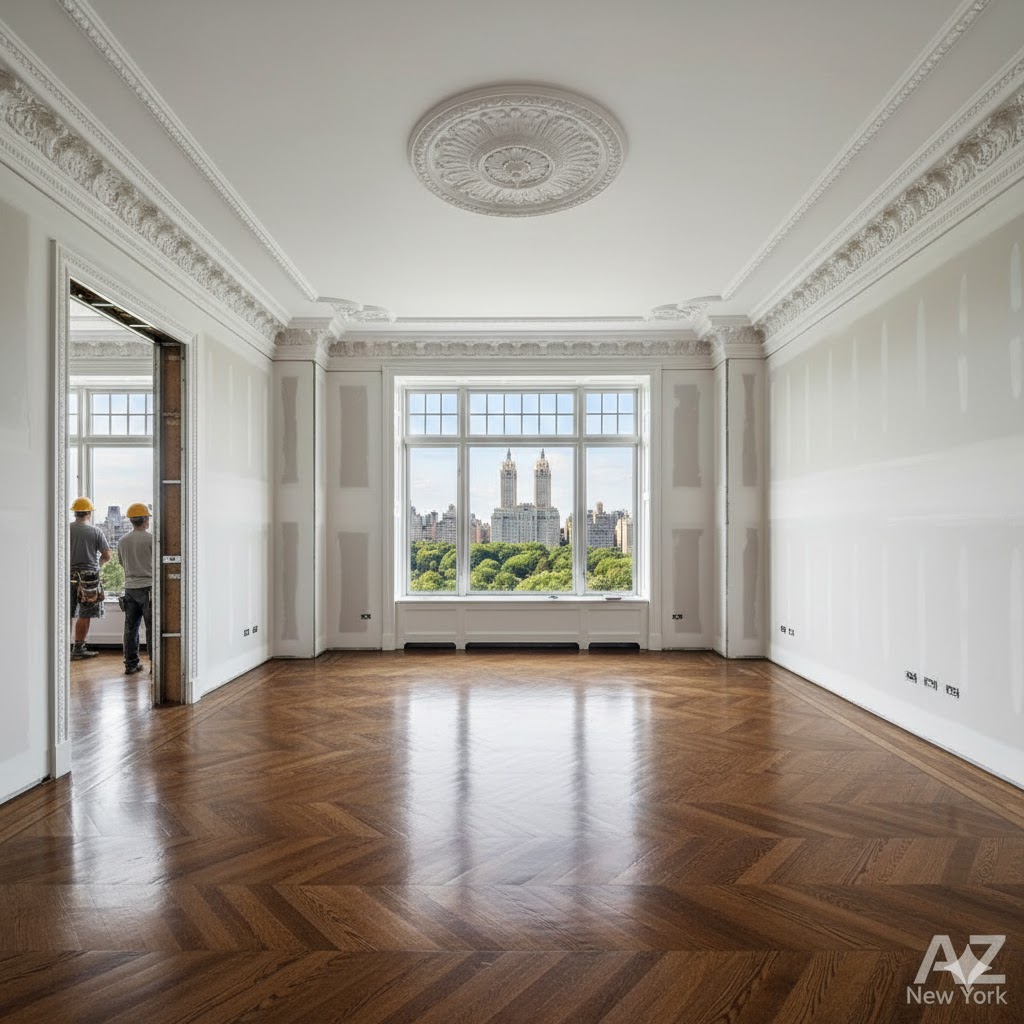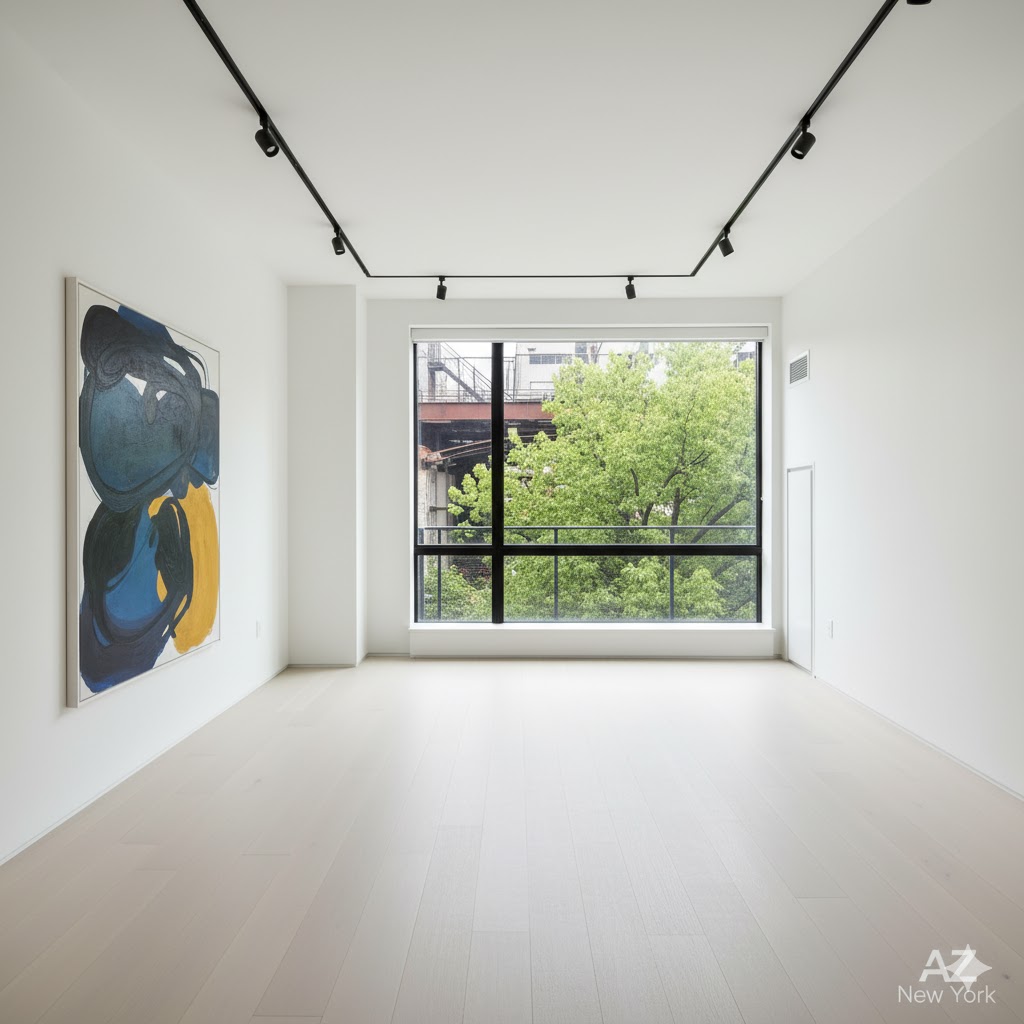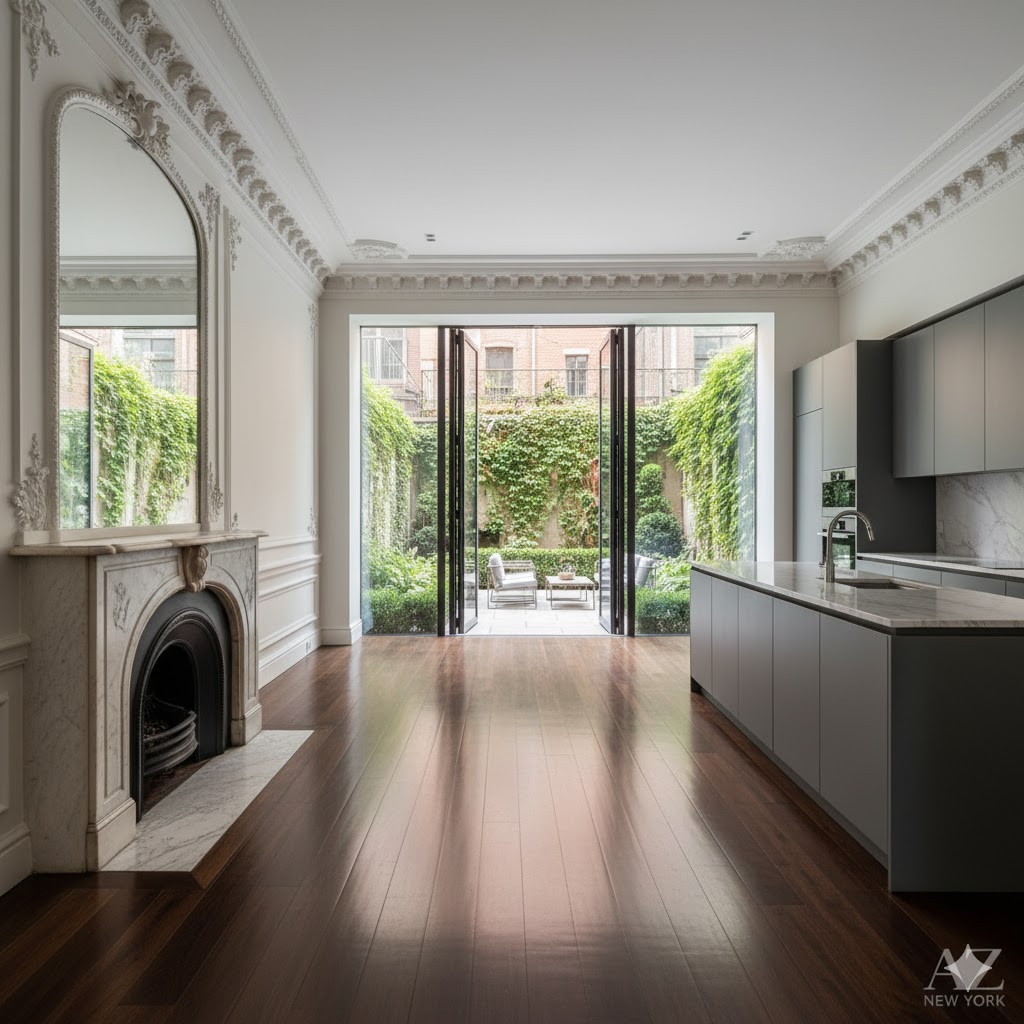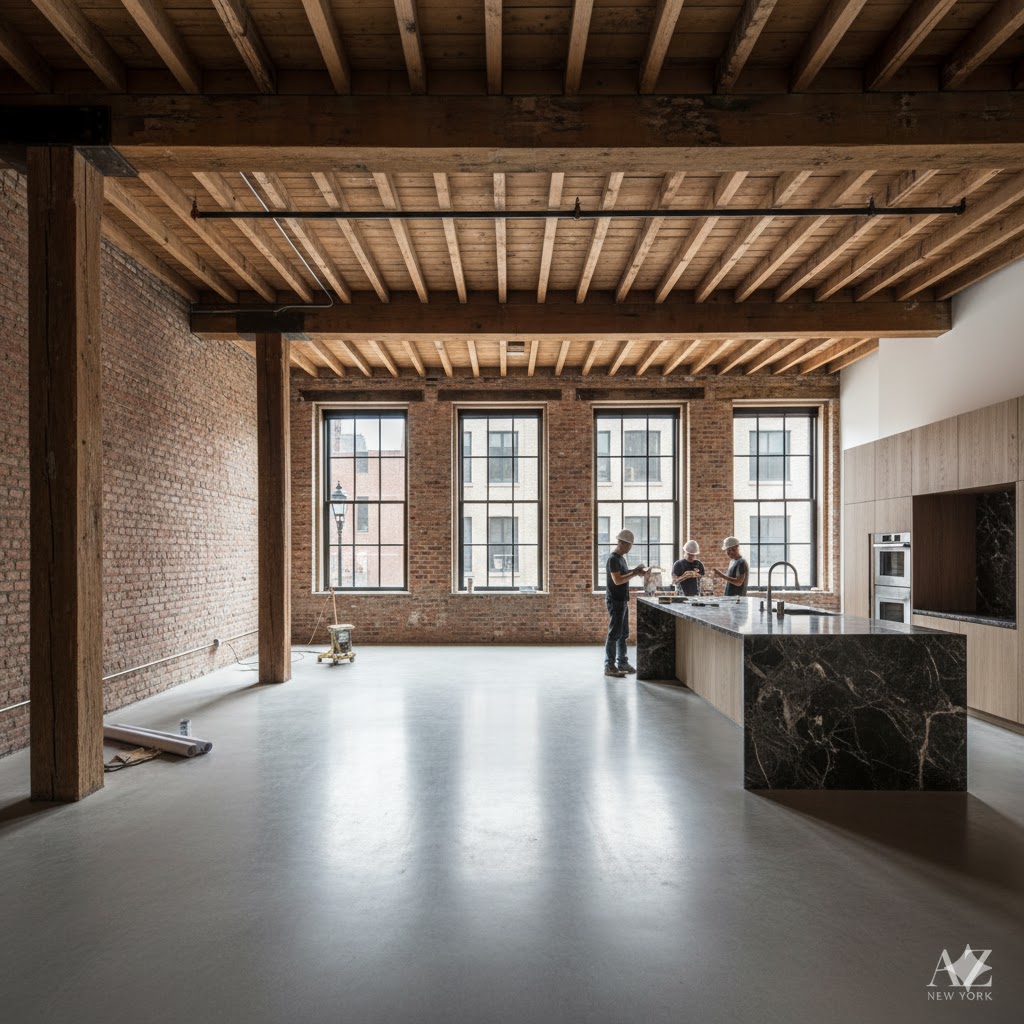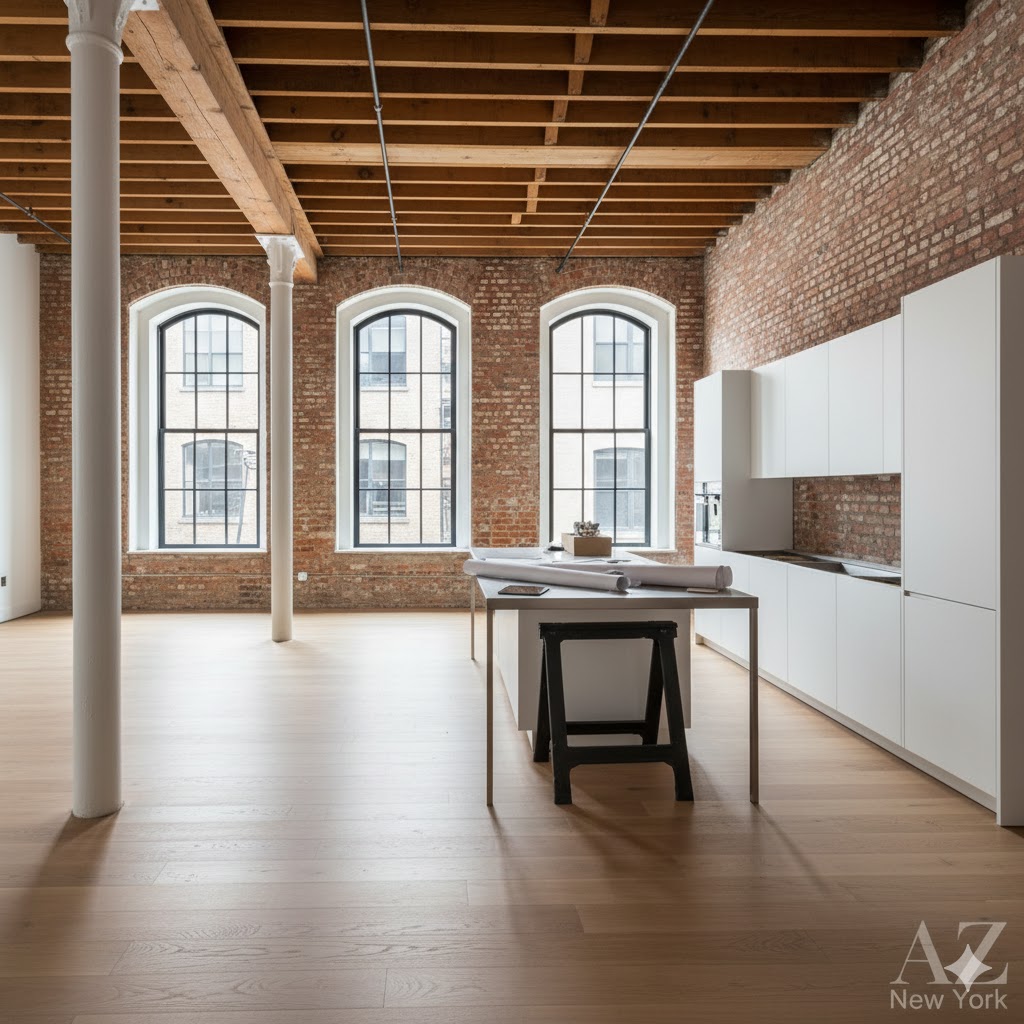Buying Old Buildings in Long Island City, NYC
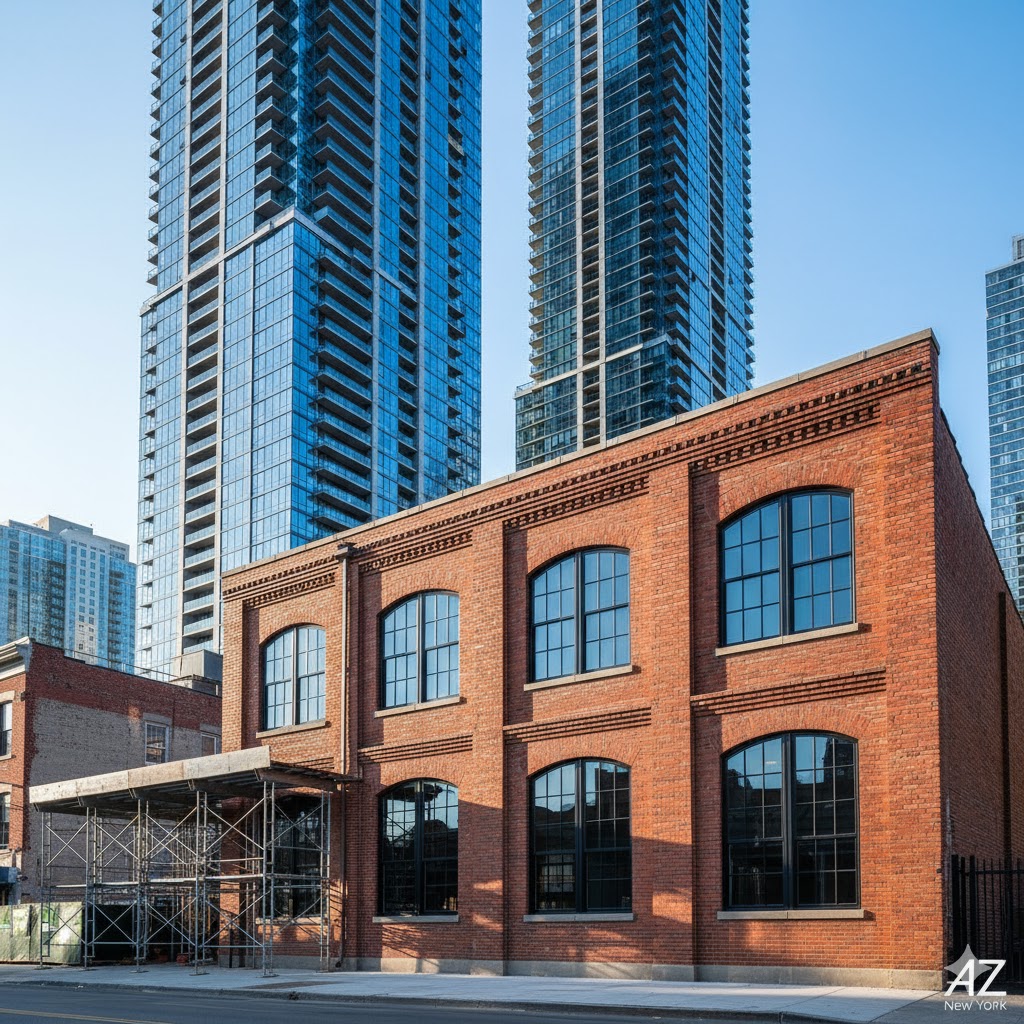
Buying Old Buildings in Long Island City, NYC: A Guide to Renovating and Reselling for Profit
Long Island City (LIC), in Queens, is a neighborhood of stunning contrasts. While its skyline is now defined by new, glass supertalls, its value as a “flip” destination lies in the gritty, low-rise industrial buildings and pre-war townhouses in its core.
With a one-stop (4-minute) commute to Midtown Manhattan, the investment strategy here is: acquire dated industrial or multi-family properties for a full “conversion-to-luxury”, catering to HNW professionals who want loft-style character with unparalleled convenience.
🏙️ Why Invest in Long Island City?
LIC’s “secret” is that it’s closer to Midtown (E, M, 7, G trains) than most of Manhattan. While new condos offer amenities, they often lack character. The profit is in buying a 2-story garage, a small factory, or a dated 1920s 3-family and converting it into a bespoke, “TriBeCa-style” loft or a high-yield “house-hacking” building.
The demand is endless from tech and finance pros who work in Midtown but want more space and an authentic, non-cookie-cutter home.
🔍 Comparative Table: LIC Industrial Conversion vs. LIC New-Build Condo
| Feature | LIC Industrial Conversion (for Renovation) | LIC New-Build Condo (Turn-Key) |
|---|---|---|
| Aesthetic & Layout | Raw, authentic, 12-16 ft ceilings, exposed brick/concrete, vast open-plan. | Sleek, modern, 9-10 ft ceilings, floor-to-ceiling glass, 2-3 bed layouts. |
| Acquisition Cost | High (e.g., $2.5M – $5M for a small warehouse or 4-family). | Very High (e.g., $2M for a 2-bed), value is “turn-key.” |
| Renovation Hurdle | Astronomical. Zoning changes (M to R), new C of O, full infrastructure (plumbing/sewer). | None. |
| Target Buyer | Creative/Tech Exec seeking “authenticity,” space, and a 5-min commute. | Finance/International Buyer seeking amenities (pool, gym) and “plug-and-play” convenience. |
🔨 3 Case Studies: Successful LIC Flips
- The “Garage-to-Loft” Conversion: An investor bought a 2-story, 5,000 sq ft auto-body garage (M1 zone) for $3M. Action: A $2.5M, 3-year project. They hired a top architect to navigate a zoning variance and C of O change, creating two 2,500 sq ft duplex “mega-lofts” with 16-ft ceilings. Result: Sold both units for $3.5M each ($7M total). Net profit (pre-tax): ~$1.5M.
- The “4-Family” Gut Reno: A developer bought a dated, 4-family brick house near the Court Square stop for $2.4M. Action: A $1M renovation. They gut-renovated all 4 units to “condo-level” (Fisher & Paykel appliances, split-A/C, marble baths) and added a roof deck. Result: Sold to a “1031 exchange” investor for $4.5M based on the new, massive rent roll. Net profit: ~$1.1M.
- The Hunters Point Townhouse Flip: A couple bought a 3-story, 1910-era brick townhouse in the Hunters Point Historic District for $2.2M. Action: A $1.2M “LPC-approved” gut. They converted it from a 3-family to a luxury single-family, restoring the facade and adding a high-end kitchen. Result: Sold for $4.2M. Net profit: ~$800k.
💡 Pro-Tips for Renovating in LIC
- Zoning & C of O is 90% of the Battle: This is the most complex part of investing in LIC. You *must* have a top-tier real estate attorney and expediter/architect. Converting from “M” (Manufacturing) to “R” (Residential) is a multi-year, multi-six-figure legal and bureaucratic process.
- Budget for All New Infrastructure: A 100-year-old factory has 100-year-old water/sewer lines. The renovation must include “to-the-street” replacement of all plumbing and new, heavy-duty electrical service.
- Soundproof (Against the 7 Train): The 7 train is elevated and runs 24/7. Like in DUMBO, high-end, triple-glazed acoustic windows are not an “upgrade”—they are a 100% mandatory, non-negotiable expense for a luxury product.
- Proximity to Trains = Value: The value is the commute. A property must be within a 5-7 minute walk of Court Square (E, M, 7, G), Vernon-Jackson (7), or Hunters Point (7) to command a “premium” price.
✨ LIC Real Estate: Did You Know?
The iconic, 120-foot-tall “Pepsi-Cola” sign on the LIC waterfront is an official New York City Landmark. Built in 1940 for a Pepsi bottling plant, the sign was preserved (and moved slightly) during the waterfront’s “condo boom” in the 2000s. It was landmarked in 2016 as a beloved symbol of Queens’ industrial waterfront past, and now serves as the “front lawn” for Gantry Plaza State Park and the neighborhood’s most expensive real estate.
❓ Frequently Asked questions (FAQ)
Q: Is it “too late” to invest in LIC? It looks all new.
A: No. The “glass tower” boom is one part, but the blocks *behind* the waterfront (from Court Square to Vernon Blvd) are still filled with low-rise industrial, commercial, and multi-family buildings that are ripe for high-end conversion. The “new” LIC just set the price-per-square-foot high, creating the profit margin for the “old” LIC.
Q: What is a “Zoning Variance” or “C of O Change”?
A: A “C of O” (Certificate of Occupancy) dictates a building’s legal use. You cannot legally live in a building zoned “M” (Manufacturing). A “zoning variance” is a special, expensive, and time-consuming legal permission to change a building’s use (e.g., from M to R-Residential), which is required for these industrial conversions.
Q: What’s the biggest mistake investors make in LIC?
A: Buying an “M-zoned” (Manufacturing) building with a “handshake deal” from the broker that it can be “easily converted.” There is *no such thing* as an “easy conversion.” They get stuck with an un-financeable, un-livable, un-sellable (as residential) building.
📍 GEO Context
- City: New York City
- Neighborhood: Long Island City (LIC)
- Borough: Queens
- Category: Industrial Conversion Investments
For more on zoning law and industrial conversions, visit AZ New York.
Keywords for your next internet searches
Long Island City real estate, LIC loft conversion, Queens real estate, 11101 zip code, 11109 zip code, C of O conversion NYC, M1 to R zoning, Court Square, Hunters Point, Pepsi-Cola sign, Vernon Blvd,
7 train real estate, industrial loft conversion, fix and flip Queens, case studies real estate, AZ New York, NYC real estate investing, acoustic windows, pre-war renovation, Gantry Plaza State Park, E train, 1031 exchange, Fisher & Paykel

